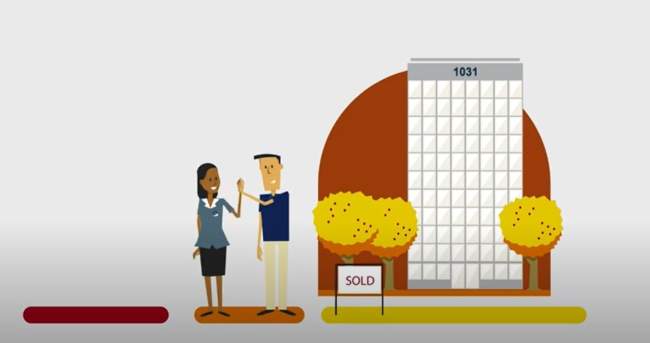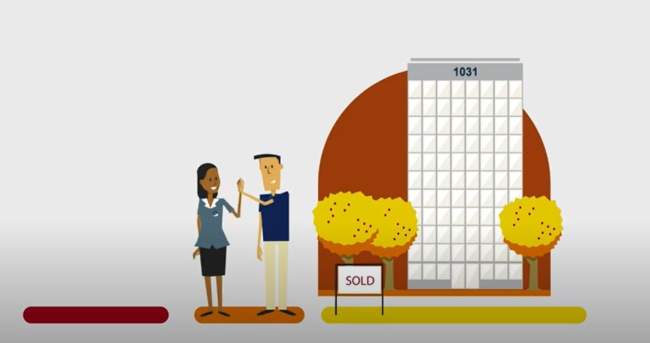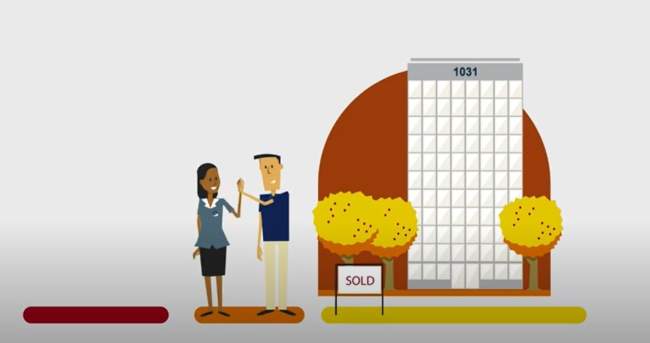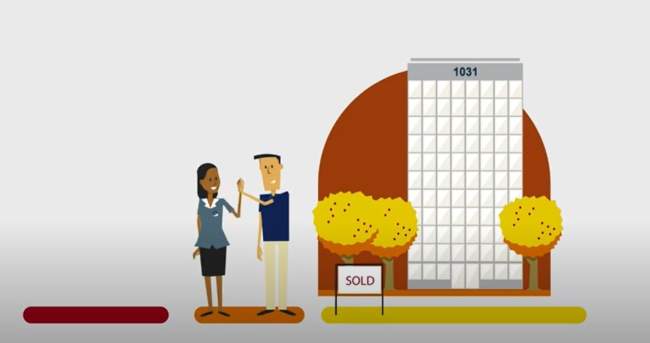https://www.accruit.com/sites/default/files/2022-01/1031-Exchange-Timel…;
IRC Section 1031 has been around for more than 100 years. Although the overall concept and purpose of reverse 1031 exchange, sometimes called a forward exchange. The main difference is that instead of the QI holding funds, they hold a property. After hiring the qualified intermediary, the taxpayer and QI will open an LLC that will act as the Exchange Accommodation Titleholder (EAT), which will hold the replacement property as the taxpayer sells the relinquished property. Once the EAT has taken the title of the new property, the exchanger has 45 days to identify the property they will be selling. After the initial 45 days, the taxpayer has the remaining 135 days of the total 180 to sell the property they identified and finalize the exchange.
Build-to-Suit or Improvement Exchange
There are times when a taxpayer would like to sell a property and exchange it for a property they would like to develop or improve. Build-to-suit exchanges refer to exchanges in which improvements are made on the property acquired. In a build-to-suit or improvement exchange, the taxpayer can sell their property to purchase and improve a new property or purchase the replacement property first and then use the funds from the sale of the relinquished property to pay back loans used to fund the initial purchase and improvements. In both cases, the taxpayer has 180 days to use the balance of funds to improve the property. Any funds that have not been used during the parking period are considered real estate “boot” and are subject to capital gain tax. The 180-day time limit begins when the EAT, set up with the QI before the exchange, assumes title of the property.
1031 Exchange Timeline Considerations
Following the timeline on a 1031 exchange is not always as easy as it sounds. A taxpayer may not be able to identify a suitable property to buy in the 45-day identification period. A taxpayer may not be able to sell their property within 180 days. Improvements on a property may take longer than 180 days. Once a safe harbor provision is not met, the exchange is no longer eligible for tax deferment.
Here are a few ways of setting yourself up for a successful exchange:
If you want to begin a forward exchange, start looking for your replacement property as early as possible
You can stretch out this extra period by delaying the close date on your relinquished property, preventing your 45-day countdown from starting
If you have already identified a property you would like to purchase but have not been able to sell your current property, consider a reverse exchange. That way, you will ensure your purchase and have 180 days to sell the old property
To avoid unwanted delays that may cut your 1031 exchange timeline short, ensure that your financing is in order before entering into an exchange agreement









